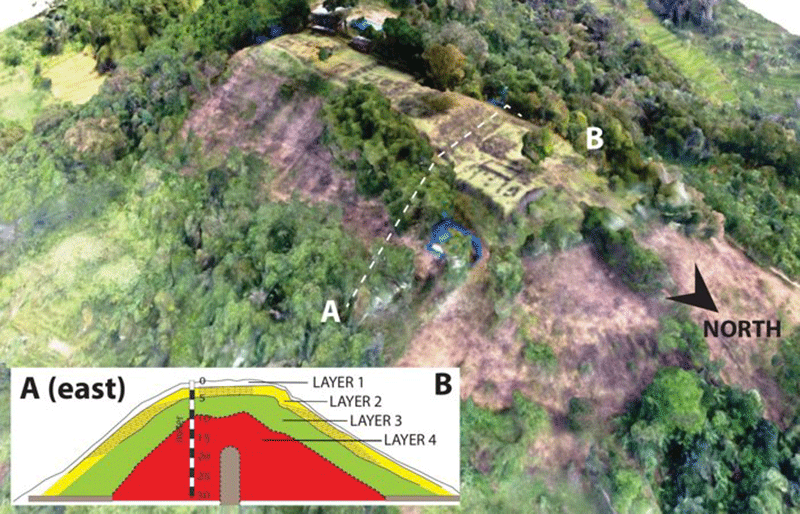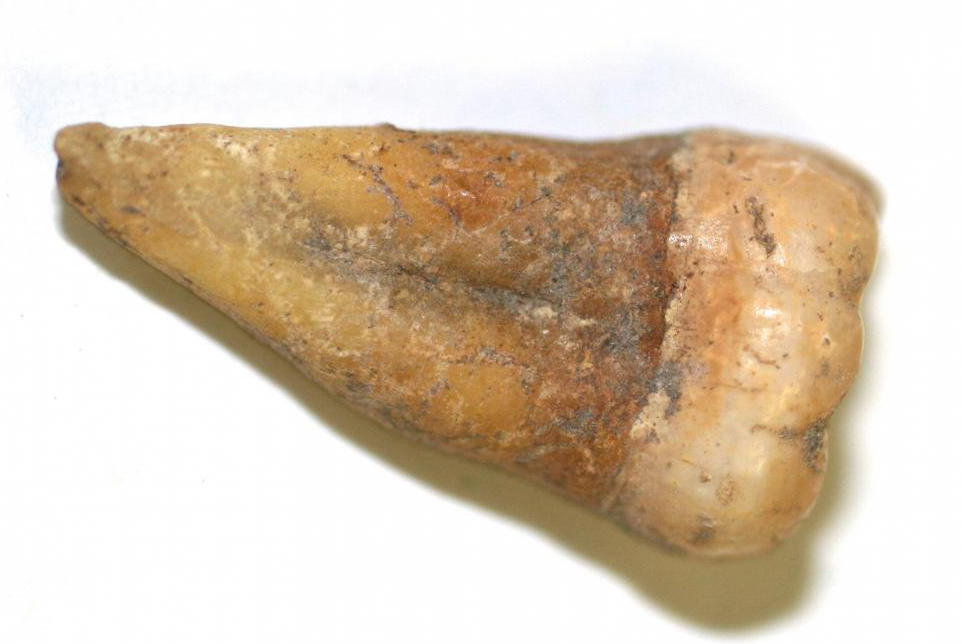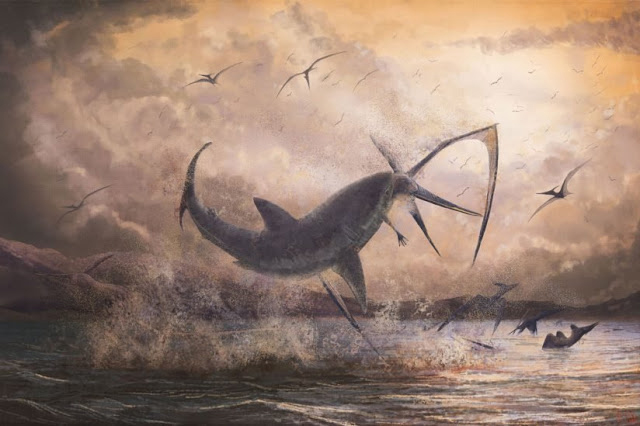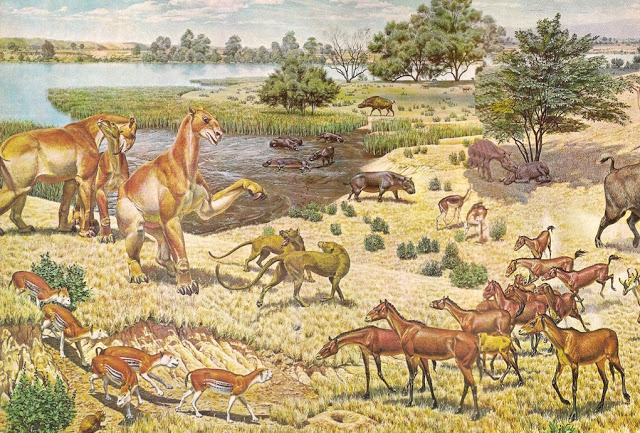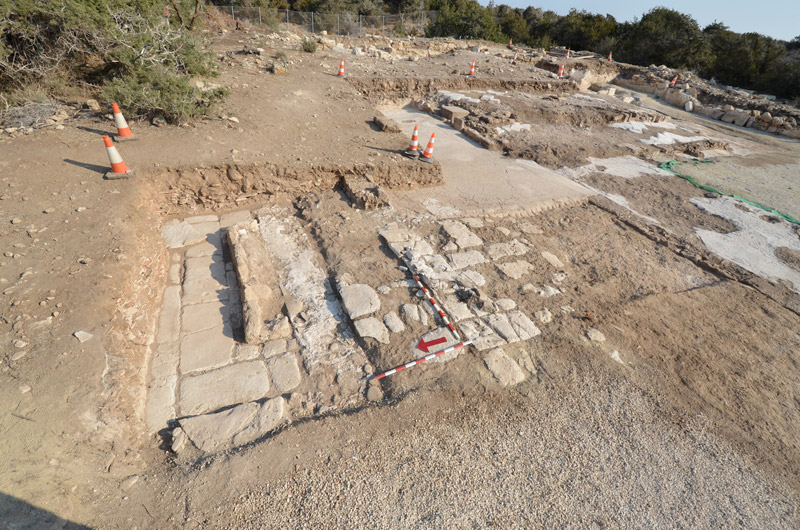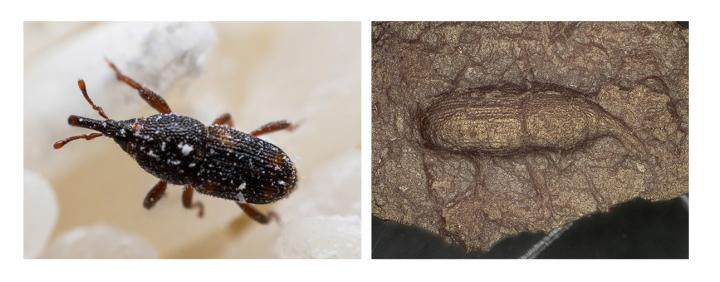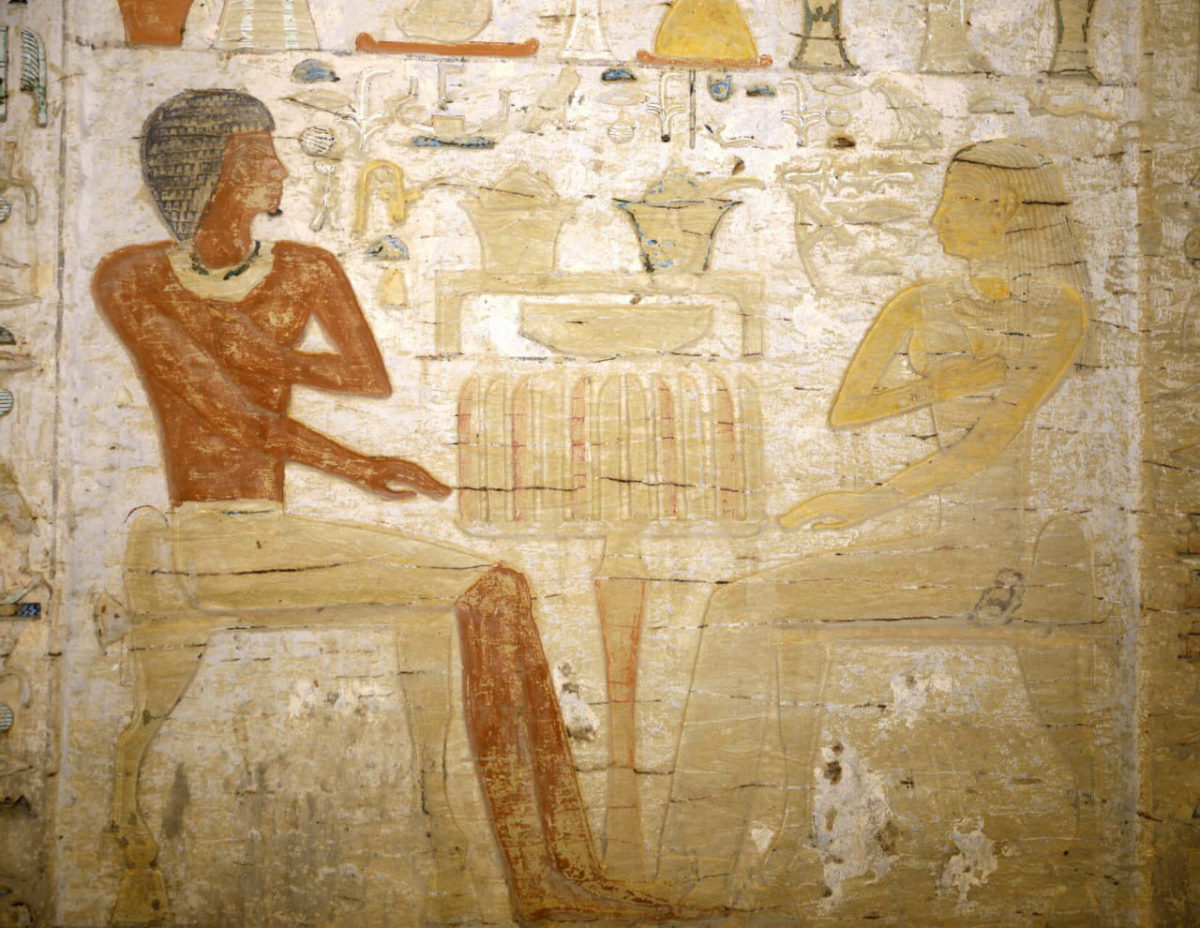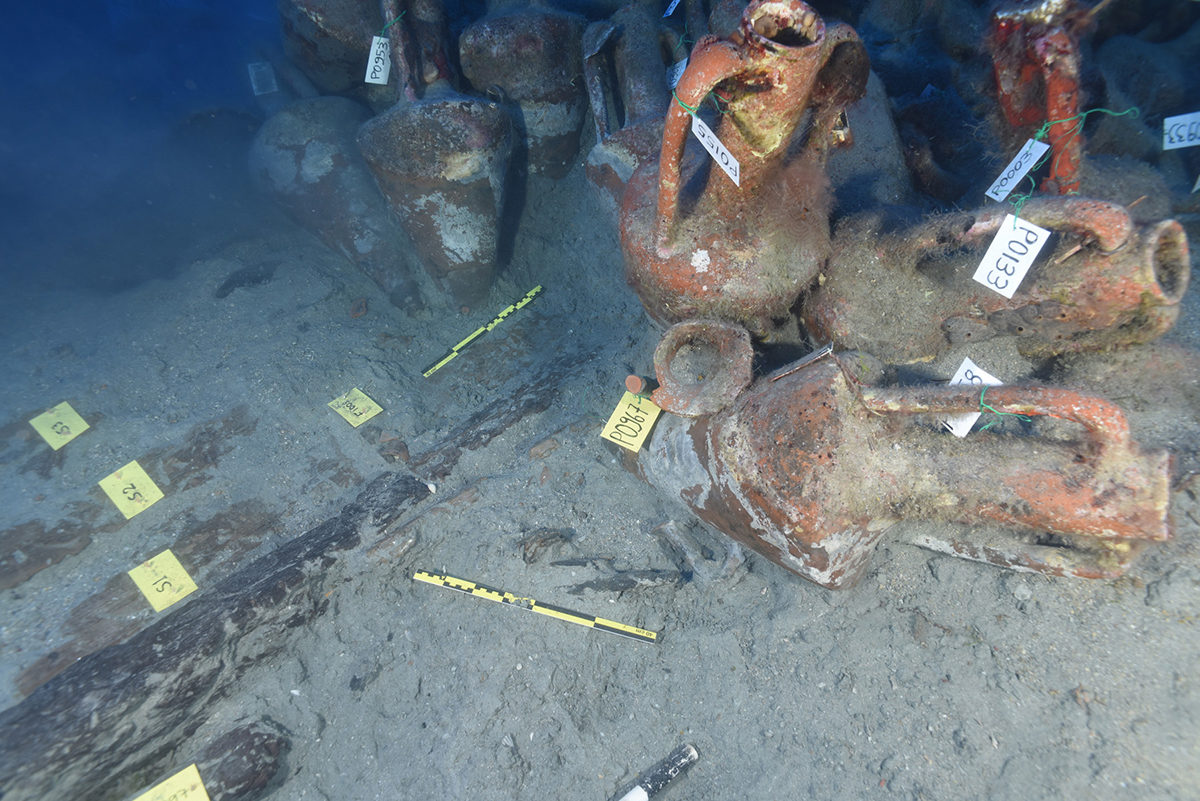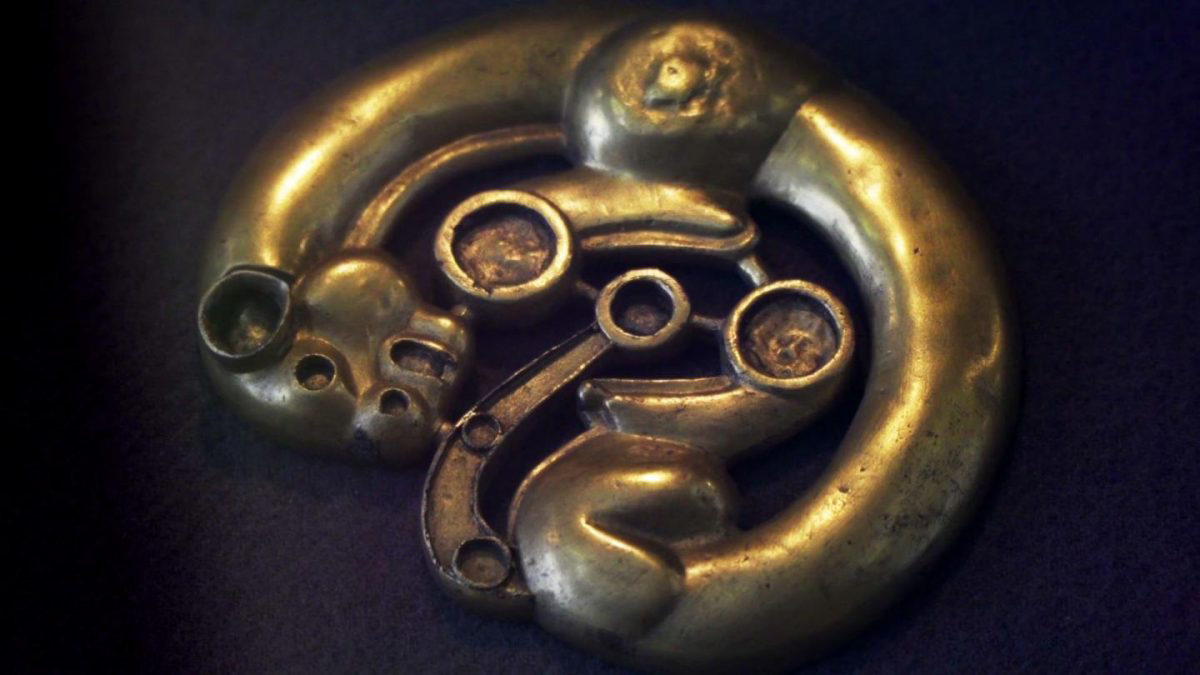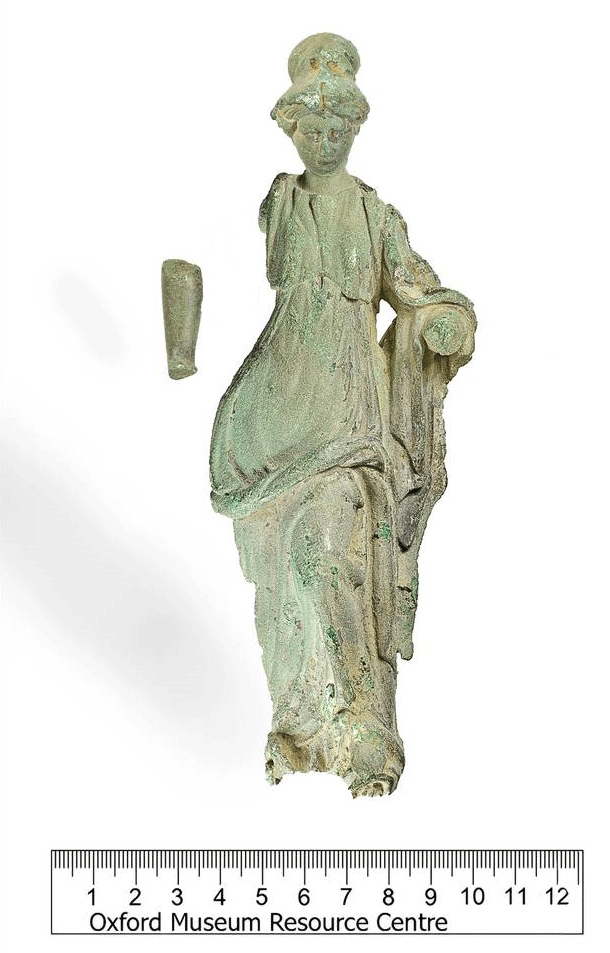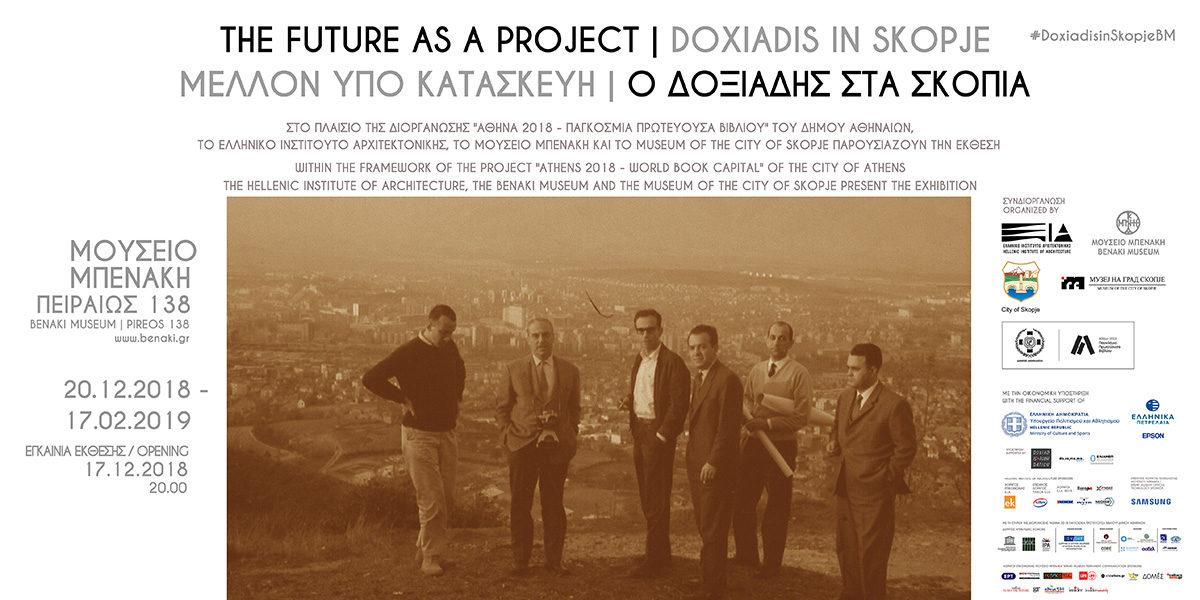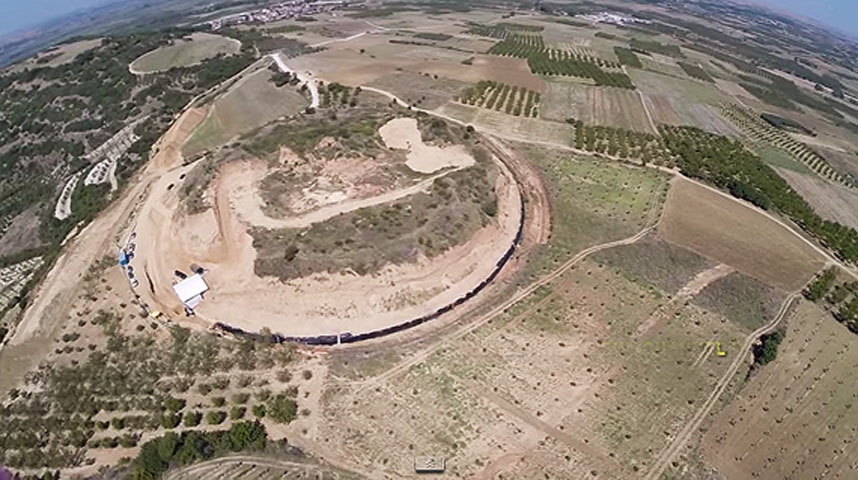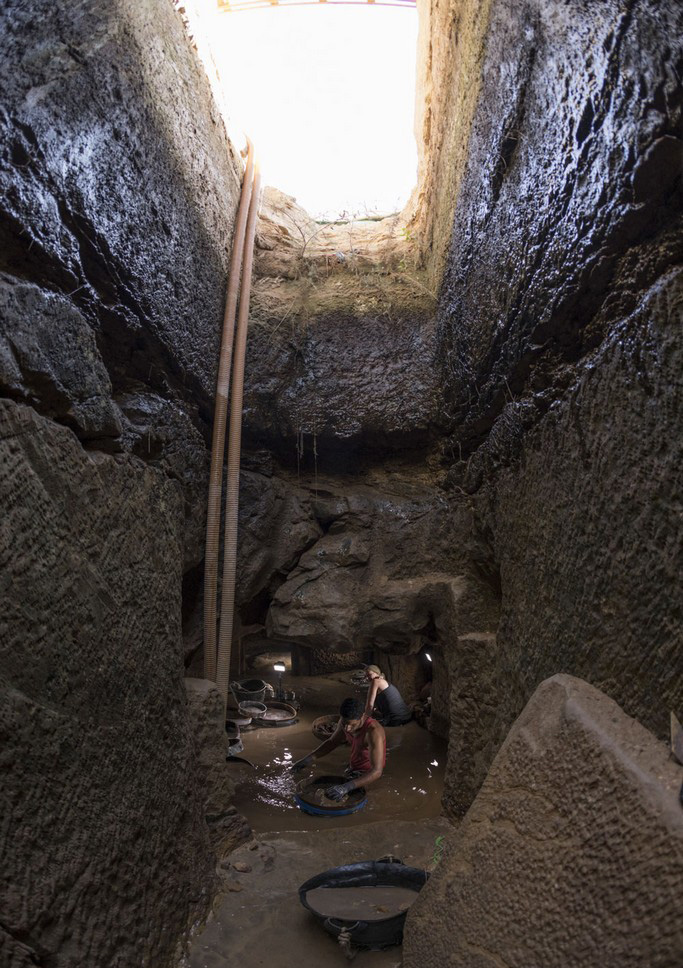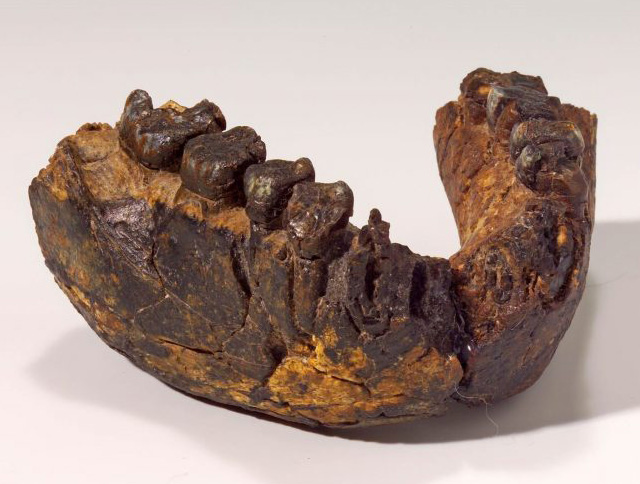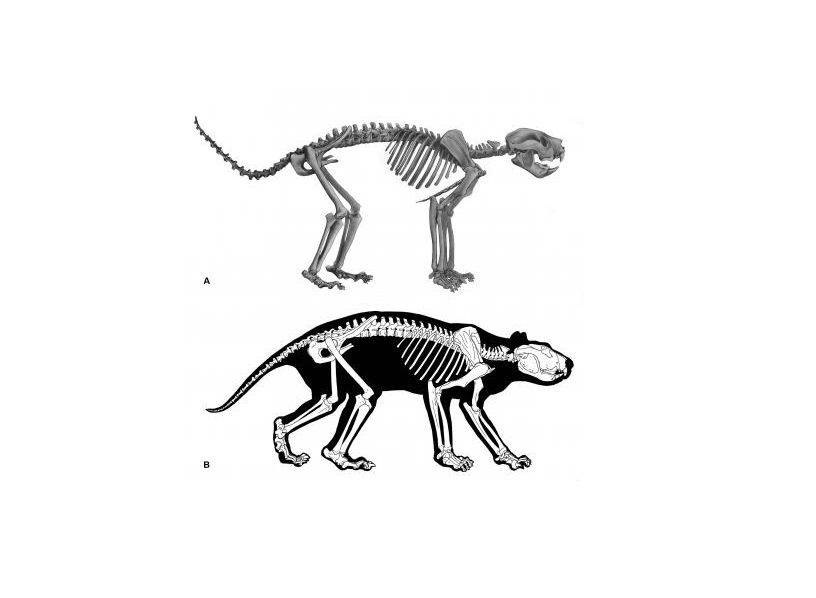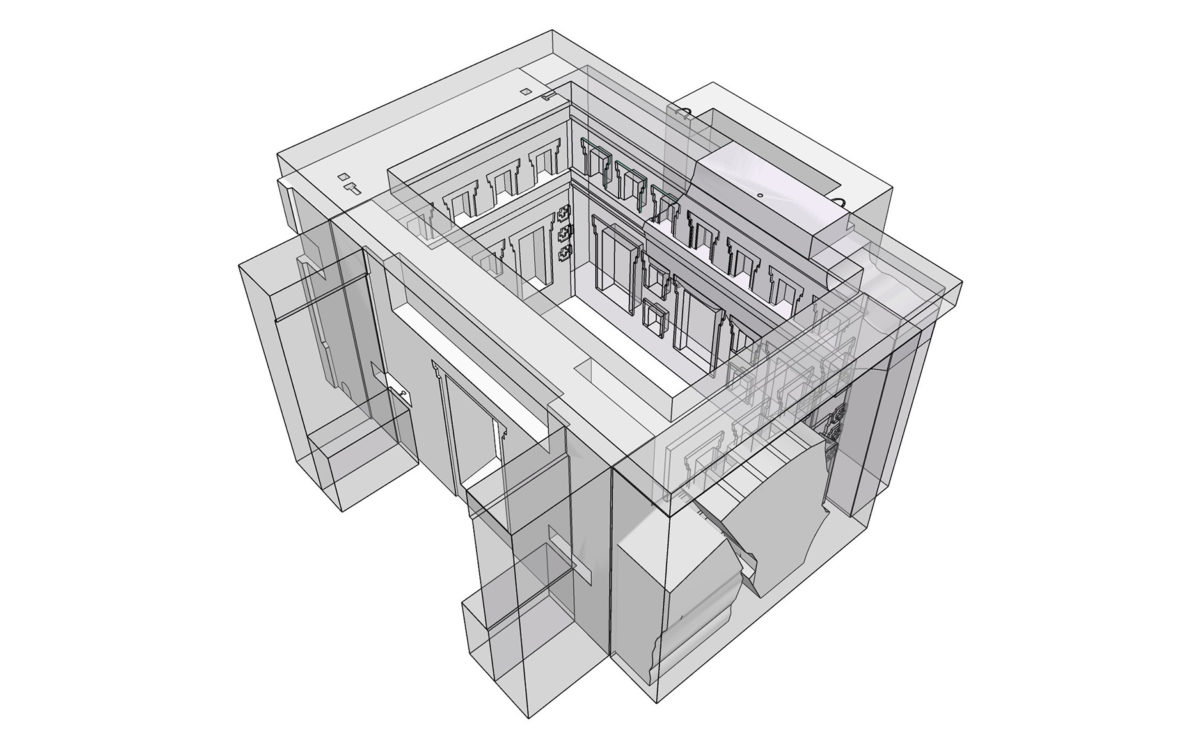Could the world’s oldest pyramid be hidden in an Asian mountain?
A new research claims that underneath a mountain in Indonesia lies the world's oldest pyramid.
Returning indigenous remains to their ancestral lands, thanks to ancient DNA
Genomic analyses can reveal the geographic origins of indigenous Aboriginal Australian remains currently held in museums, a new study reports.
Fossil evidence suggests fearsome shark ‘took down’ flying pterosaur
It was a prehistoric clash of the ages that didn't end pretty when a monster in the sky clashed with a beast of the deep.
Some prehistoric horses were homebodies
The findings suggest Florida was something of a horse paradise 5 million years ago, providing everything the animals could want in a relatively small area.
The Archaeological Society at Athens celebrates its 180th Anniversary
McCabe has selected 53 images out of this rich collection of black and white photographs mainly from 1954 and 1955, like a travel in time.
A complex of two churches discovered at Katalymata ton Plakoton
The 12th excavation season at the site of Katalymata ton Plakoton, which lies on the western coastline of the Akrotiri Peninsula, is completed.
Peering into Little Foot’s 3.67 million-year-old brain
First ever endocast reconstruction of the nearly complete brain of the hominin known as Little Foot reveals a small brain combining ape-like and human-like features.
Flowers originated 50 million years earlier than previously thought
Analysis of fossil specimens of a flower called Nanjinganthus from the Early Jurassic (more than 174 million years ago) suggests that flowers originated 50 million years earlier than previously thought, a study published in eLife reports.
Ancient Japanese pottery includes an estimated 500 maize weevils
The rare discovery of a vessel with a high number of weevils provides clues to life in ancient Japan.
Royal priest’s tomb discovered in Saqqara
The tomb is exceptionally well-preserved with walls decorated with colored scenes depicting royal priest Wahtye with his mother, wife and family.
New findings of the Mazotos shipwreck
The objective of this year’s field season was to continue and complete the excavation of the bow area of the ancient ship.
Scientists overhaul corn domestication story with multidisciplinary analysis
Semi-wild proto-corn spread from Mexico to South America before becoming fully domesticated, offering new clues to its future.
Satellite data exposes looting
More than 2,500 years ago, horse riding nomads expanded their cultural realm throughout the Eurasian steppe from Southern Siberia to Eastern Europe.
“Stolen Goods Tour” in the British Museum
Speaking during the “Stolen Goods Tour” were members of the group with heritage from Cyprus, the Australian Aborigines, Iraq, Hawaii and the Maori of New Zealand.
A Roman Minerva figurine was revealed among other treasures in the UK
A Roman statuette and a gold bulla were among the finds from the UK found by people who were not involved in archaeological research.
The Future as a Project, Doxiadis in Skopje
The exhibition presents for the first time Doxiadis’s work in Skopje, which includes a detailed survey of the affected areas, strategic plans for the city and a new outline for the master plan.
The Ministry of Culture and Sports speaks about the works on the Kasta hill
The Ministry of Culture and Sports points out that the problems faced by the monument and the difficulties that have emerged regarding its restoration are caused by the way it was excavated.
Cemetery dating back to 18th Dynasty unearthed
An undecorated shaft tomb with two chambers dating to the 18th Dynasty has been discovered at Gebel el-Silsila, Aswan Region.
You are what you eat
To eat what grows locally – today’s dietary trend was every day’s practice for prehistoric humans.
First-ever look at complete skeleton of Thylacoleo
Thyalacoleo carnifex, the “marsupial lion” of Pleistocene Australia, was an adept hunter that got around with the help of a strong tail.
Entry fee to Taj Mahal is now five times more expensive
In order to restrict the number of tourists as well as the damage done to the most important tourist attraction in India.
Syria condemns illegal excavations by US, French and Turkish troops
US, French and Turkish troops and their agents are being accused by the Syrian Foreign Ministry for illegal excavations in archaeolical sites.
3D-printed reconstructions provide clues to ancient site
Part of the ancient archaeological site of Tiwanaku, Bolivia, believed by Incans to be where the world was created has been reconstructed using 3D printed models of fragments of an ancient building.
Chickens to be marker of Anthropocene
Consumption of chickens signals new geological epoch according to research led by the University of Leicester.
